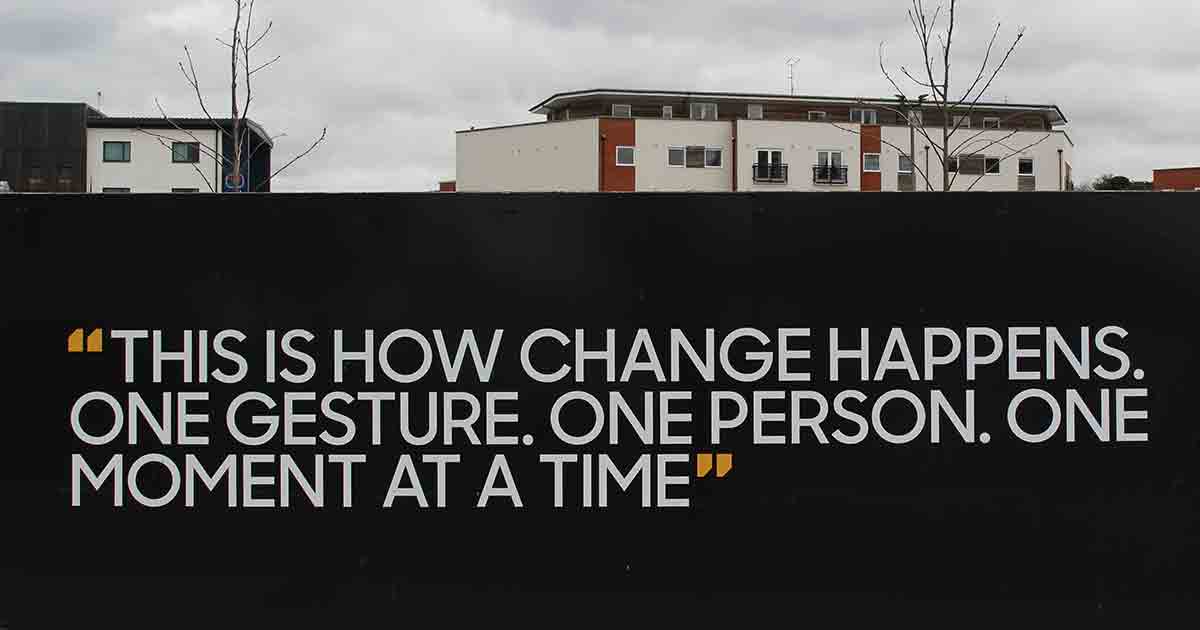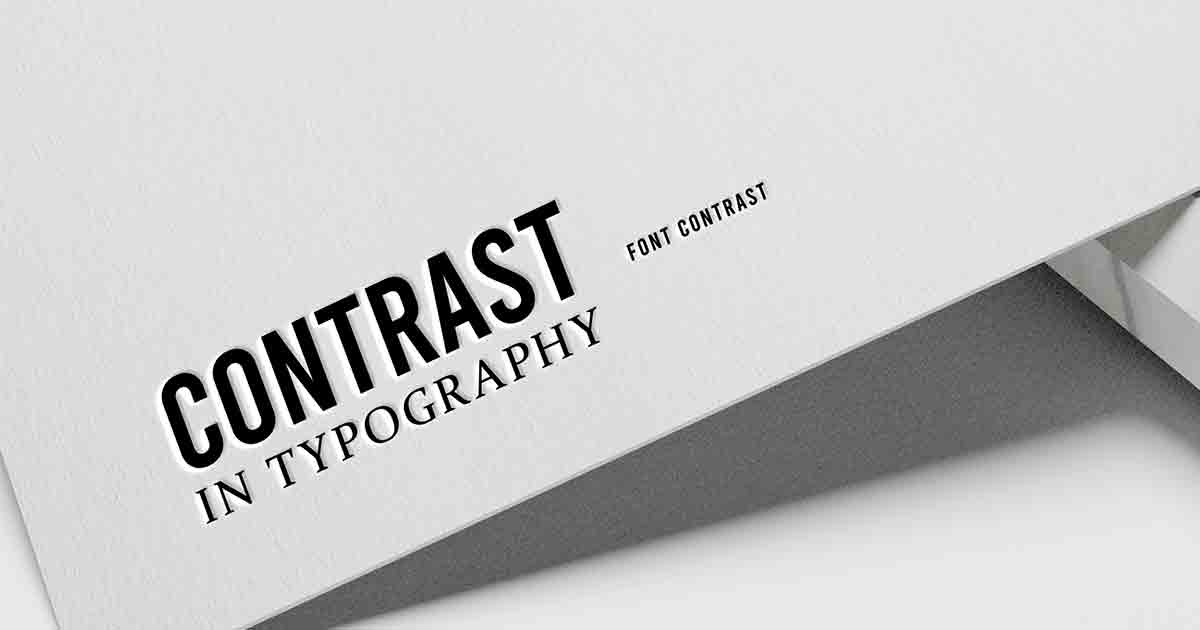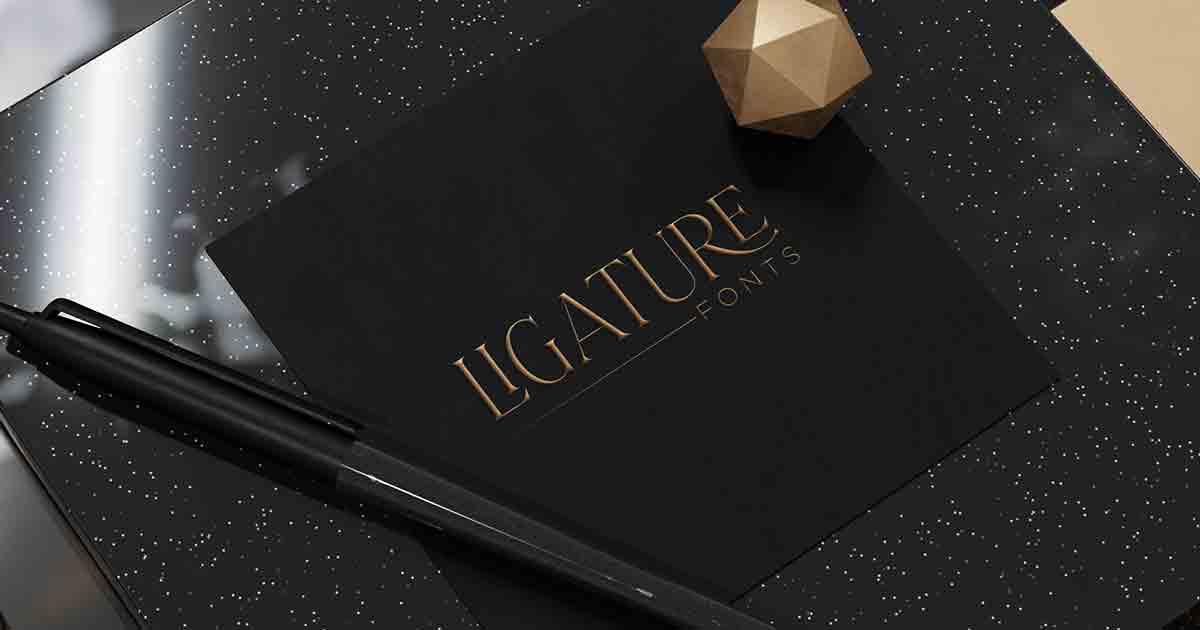Typography Trends for Modern Design
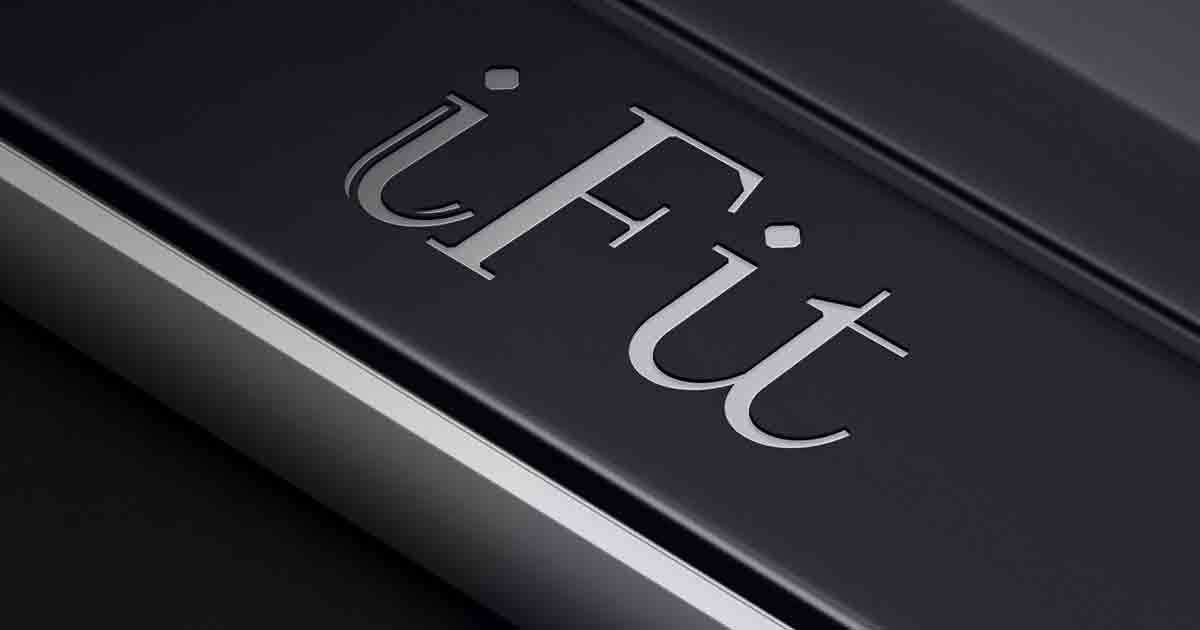
TYPOGRAPHY TRENDS FOR MODERN DESIGN
Typography is vital in modern design, as it can enhance user experience and convey a brand’s personality.
In this article, we will look at the typography trends that are currently influencing modern design.
From minimalistic fonts to bold and vibrant typefaces and handwritten styles to experimental approaches, we will delve into various aspects of typography and its impact on contemporary design.
Introduction
In the digital age, where visual content dominates our daily lives, typography has become crucial in effective communication.
It involves arranging and styling typefaces to create visually appealing and impactful designs.
Let’s dive into the world of typography and discover the trends revolutionizing modern design.
Importance of Typography in Modern Design
Typography goes beyond the mere arrangement of letters.
It plays a pivotal role in modern design.
Here are two key reasons typography is essential in today’s design landscape:
Enhancing User Experience
Well-executed typography enhances the overall user experience.
By choosing legible fonts and font sizes, designers can ensure readers can effortlessly consume the content.
Typography also helps guide the reader’s eye, highlighting essential information and creating a hierarchy within the design.
Conveying Brand Personality
Typography plays a vital role in expressing a brand’s personality. sets the tone for a brand’s visual identity, whether it’s a clean, professional look or a playful vibe.
Typography helps establish brand recognition and communicates its values and attributes to its audience.
Minimalistic Typography
Minimalistic typography has gained significant popularity in recent years.
This trend focuses on plainness and clean design aesthetics.
Here are two key elements of minimalistic typography:
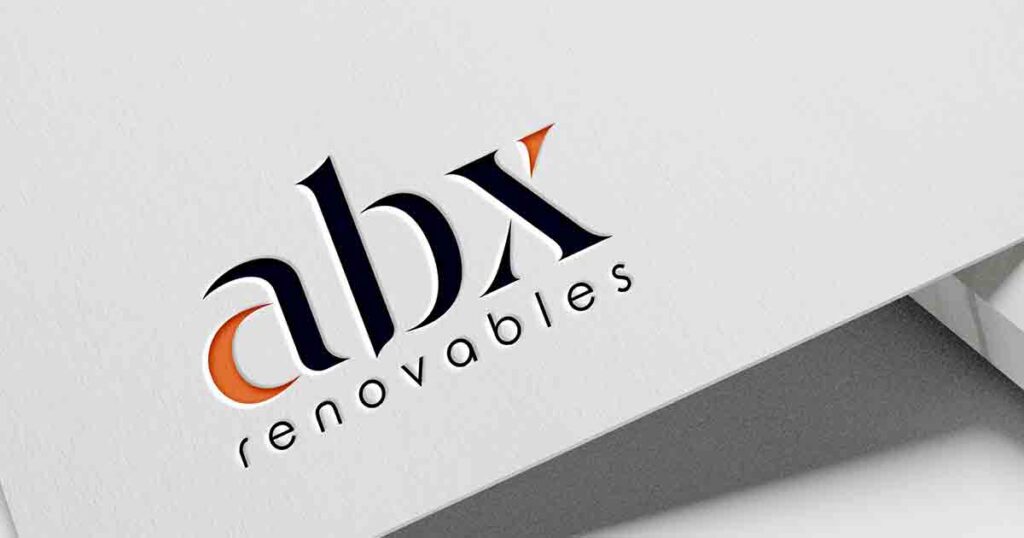
Clean Fonts
Minimalistic typography often uses sans-serif fonts with clean lines and a streamlined appearance.
These fonts exude elegance and sophistication, allowing the content to take center stage without distractions.
Ample White Space
In minimalistic typography, white or negative space is intentionally incorporated to provide breathing room around the text.
This technique creates a visually pleasing composition and ensures the content remains easily readable and digestible.
Bold and Vibrant Typography
Bold and vibrant typography is an exciting trend that allows designers to make a statement.
Here’s how it’s making waves in modern design:
Typography as a Focal Point
Typography becomes the primary visual element in this trend, grabbing the viewer’s attention.
Designers experiment with large, bold typefaces that are focal points in the overall design.
They create captivating and memorable compositions using vibrant colors and creative layouts.
Combining Fonts for Contrast
Designers often combine different fonts within a composition to add depth and interest.
This technique creates contrast and visual hierarchy, making specific elements stand out.
Designers can create harmonious designs that leave a lasting impact by carefully selecting complementary typefaces.
Handwritten Typography
Handwritten typography injects personality and authenticity into designs.
Here’s why it’s gaining popularity:
Personalization and Authenticity
Handwritten fonts evoke a sense of personal connection, making the design feel more intimate.
This trend is effective for brands that aim to establish an actual connection with their audience.
Expressing Creativity
Handwritten typography allows designers to express their creativity and add a unique touch to their designs.
Depending on the preferred style, it can be playful, elegant, or even whimsical.
Designers create a distinct visual language that sets their designs apart by incorporating handwritten elements.
Experimental Typography
Experimental typography breaks free from traditional rules and conventions.
Here’s how it challenges the status quo:
Breaking Conventional Rules
This trend encourages designers to push boundaries and experiment with unconventional layouts, letterforms, and arrangements.
By defying traditional rules, designers create visually striking compositions that capture attention and leave a lasting impression.
Mixing Different Font Styles
In experimental typography, designers combine different font styles, such as serif and sans-serif, to create unique juxtapositions.
This design adds an element of surprise and complexity to the design, making it visually captivating and thought-provoking.
Responsive Typography
With the rise of mobile devices and varying screen sizes, responsive typography has become essential.
Here’s how it adapts to different platforms:
Adapting to Different Screen Sizes
Responsive typography ensures that text remains readable and visually appealing across various devices and screen sizes.
Designers use fluid typography techniques that adjust font sizes and line heights based on the device’s screen dimensions, ensuring optimal legibility and user experience.
Variable Fonts for Versatility
Variable fonts offer greater flexibility in terms of style and adaptability.
They allow designers to adjust real-time aspects like weight, width, and slant within a single font file.
This versatility enables seamless transitions between different devices and screen orientations.
Typography and Accessibility
Ensuring typography is accessible to all users is crucial for inclusive design.
Here’s how typography can be optimized for accessibility:
Contrast and Legibility
Designers must ensure adequate text and background contrast to facilitate readability, especially for individuals with visual impairments.
Choosing high-contrast color combinations and using appropriate font sizes significantly improves accessibility.
Font Size and Spacing
Optimizing font sizes and line spacing helps users with visual impairments read content comfortably.
Adjustable text size options and maintaining appropriate line heights contribute to a more accessible design.
Typography in Branding
Typography plays a pivotal role in establishing a strong brand identity.
Here’s why it’s crucial in branding:
Consistency and Recognition
Consistency in typography across various brand touchpoints fosters recognition and reinforces brand identity.
Using consistent typefaces and styles, brands create a cohesive visual language that helps consumers associate specific typography with their brand.
Typography as a Visual Element
Typography goes beyond conveying information.
It becomes a visual element representing a brand’s personality and values.
Bold, distinctive, and memorable typography assists brands in distinguishing themselves from competitors and creating a lasting impact on their audience.
Conclusion
Typography trends in modern design have evolved to enhance user experience, convey brand personality, and push creative boundaries.
From minimalistic and bold typography to handwritten and experimental styles, designers can create impactful and visually engaging designs.
By considering accessibility and brand consistency, designers can leverage typography to create memorable and effective visual experiences.
FAQs
Q1. How can I choose the right typography for my design?
A1. When selecting typography, consider the design’s purpose, target audience, and brand personality.
Experiment with different fonts, sizes, and styles to find the perfect fit.
Q2. Are there any rules for combining fonts in a design?
A2. While there are no strict rules, it’s important to ensure that the combined fonts complement each other and create a harmonious visual hierarchy.
Q3. What are variable fonts, and why are they beneficial?
A3. Variable fonts are font files that contain multiple variations within a single file.
They offer greater weight, width, and style versatility, providing designers with more flexibility.
Q4. How can I optimize typography for better accessibility?
A4. Opt for notable contrast between text and background, use font sizes, and consider adjustable text size options for better readability.
Q5. How can typography enhance brand recognition?
A5. Consistency in typography across various brand touchpoints helps consumers associate specific typography with a particular brand, fostering recognition and strengthening brand identity.
